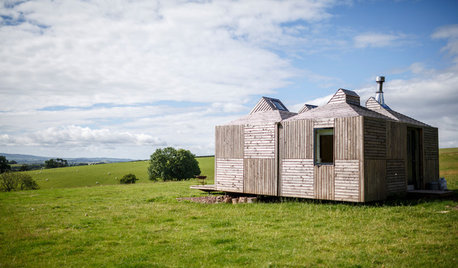Making a living with a small farm
mtnrunner
15 years ago
Featured Answer
Sort by:Oldest
Comments (15)
jrslick (North Central Kansas, Zone 5B)
15 years agomommagoose
15 years agoRelated Professionals
Carlisle Landscape Architects & Landscape Designers · Ballwin Landscape Architects & Landscape Designers · Edmond Landscape Contractors · Chesapeake Ranch Estates Landscape Contractors · Eureka Landscape Contractors · Lady Lake Landscape Contractors · Milton Landscape Contractors · North Ridgeville Landscape Contractors · The Villages Landscape Contractors · Vineyard Landscape Contractors · Whittier Landscape Contractors · Chicago Ridge Landscape Contractors · Baileys Crossroads Landscape Contractors · Attleboro Solar Energy Systems · Maplewood Solar Energy Systemswncmountains
15 years agoboulderbelt
15 years agoflowermanoat
15 years agothinman
15 years agoflowermanoat
15 years agothinman
15 years agoalan-in-calhoun-il
15 years agojosie923
15 years agohanselmanfarms
15 years agoveggierosalie
15 years agohanselmanfarms
15 years agoveggierosalie
15 years ago
Related Stories

SMALL KITCHENS10 Ways to Make a Small Kitchen Feel Bigger
Does your kitchen draw a crowd or crowd you in? Here's how to make sure your compact kitchen leaves room to breathe
Full Story
SMALL SPACES10 Tips to Make a Small Bedroom Look Great
Turn a compact space into a brilliant boudoir with these decorating, storage and layout techniques
Full Story
HOUZZ TVHouzz TV: How to Make and Plant a Veggie Box
See how to start edibles from seed, then transfer the seedlings to a box on stilts to make harvesting more fun
Full Story
GARDENING AND LANDSCAPINGMake the Most of a Small Garden
Easier to maintain and adaptable to any home, small gardens have a charm all their own
Full Story
LIFE11 Tiny Tricks That Make Life a Tad Better
Make these small tweaks to your home and daily routine, and life will be easier, less rushed and maybe healthier too
Full Story
DECORATING GUIDESDesigning Nemo: 30 Fish Tanks Make a Decorative Splash
Bring an otherworldly glow and a calming vibe to your home with the living art of an aquarium
Full Story
GARDENING AND LANDSCAPINGMake Your Garden Sparkle With Glass Art
Bring color, shine and even delightful sounds to your garden with glass sculptures, chimes and gazing spheres
Full Story
VACATION HOMESHouzz Tour: Scottish Farm Cottage Looks to Sun and Stars
A sheep field is home to a small, energy-efficient house that pulls ideas from mobile home design and raises the style level
Full Story
SMALL SPACES18 Ways to Make a Small Space Look Larger
Small is Beautiful With the Right Color, Storage, and Flexible Furniture
Full Story
SMALL SPACESHow to Make Any Small Room Seem Bigger
Get more from a small space by fooling the eye, maximizing its use and taking advantage of space-saving furniture
Full StorySponsored






bryan_ut